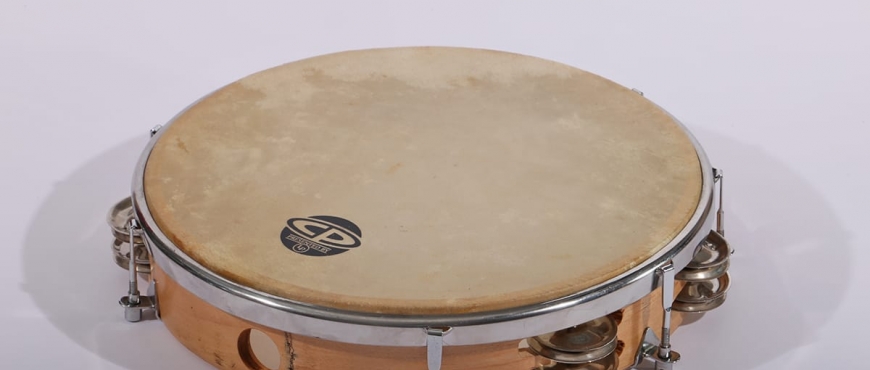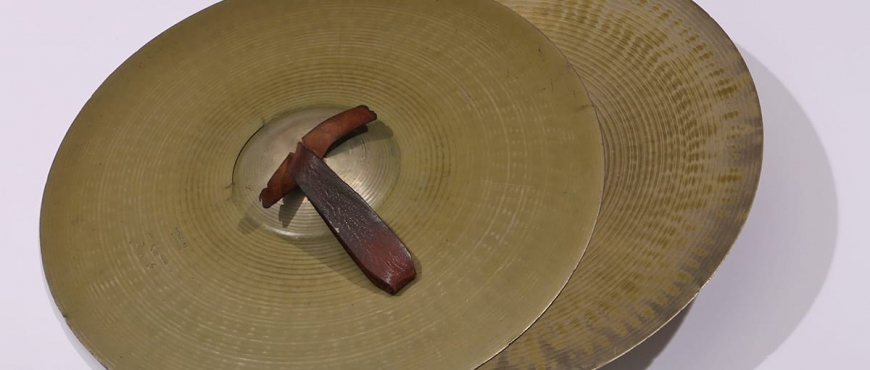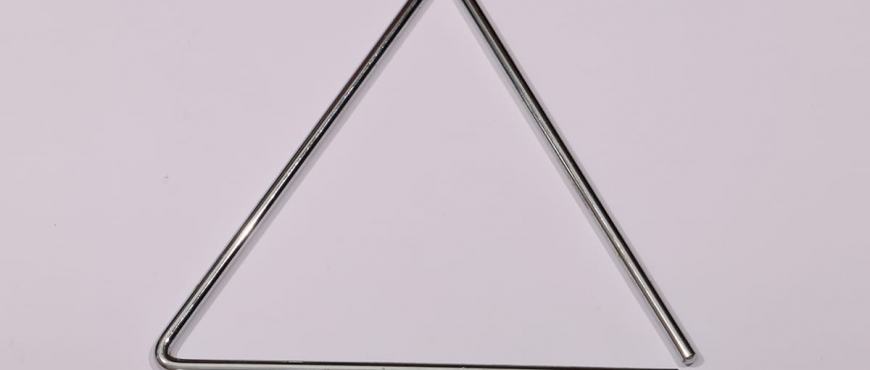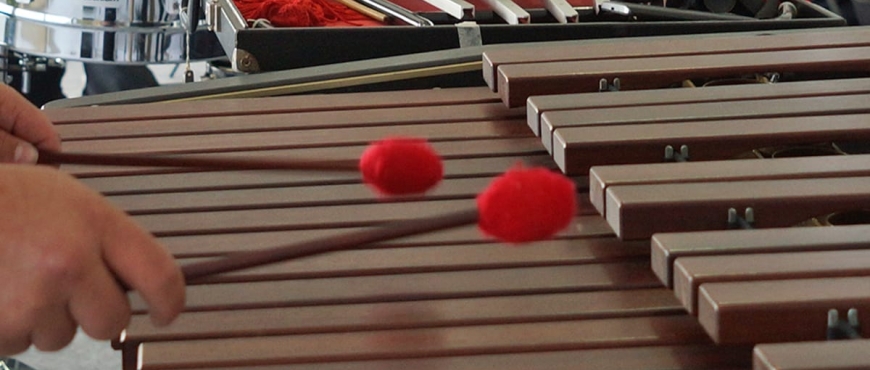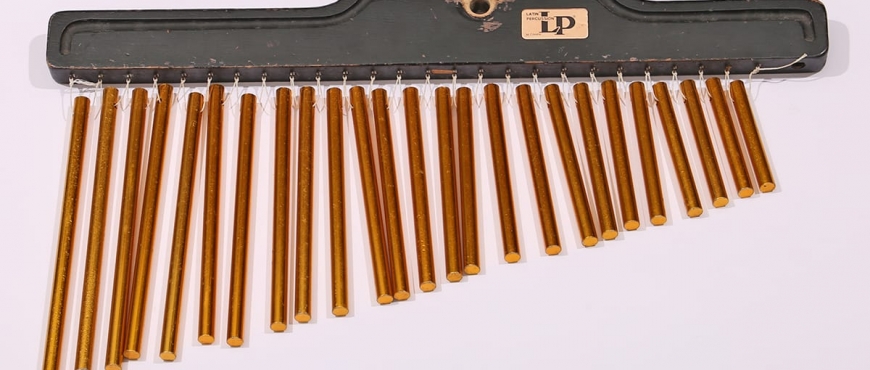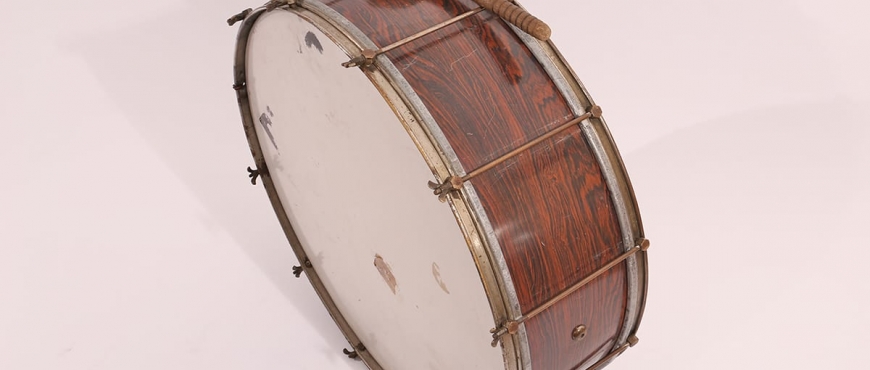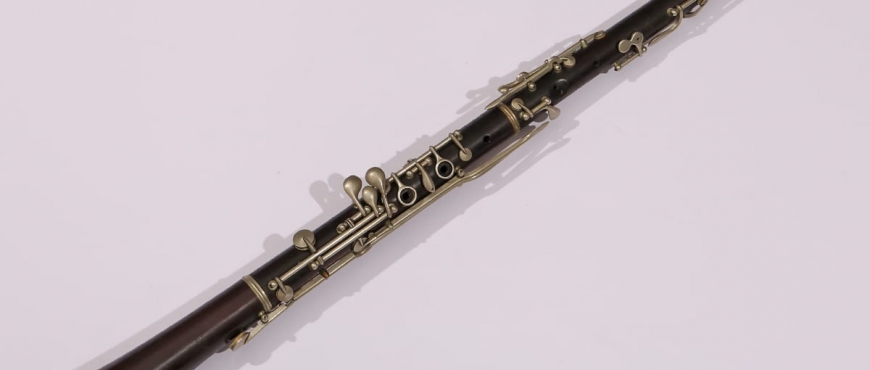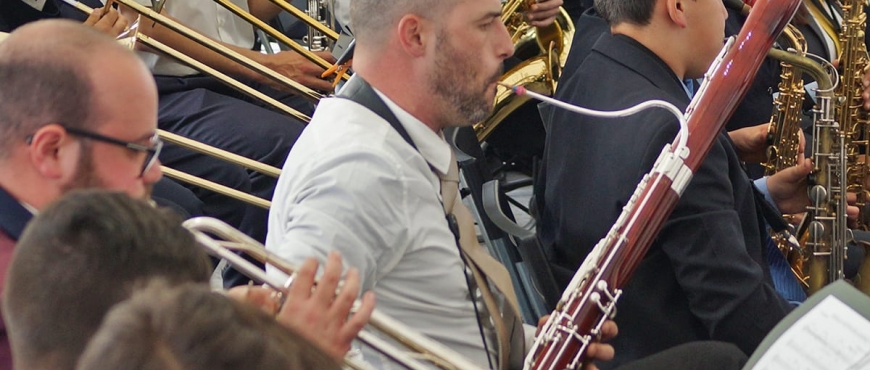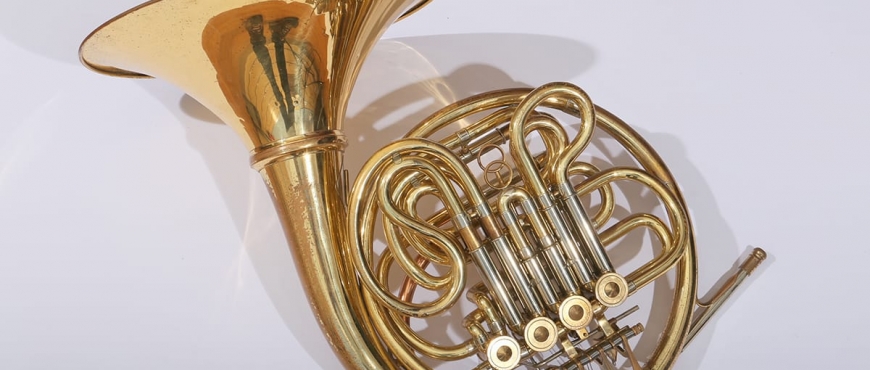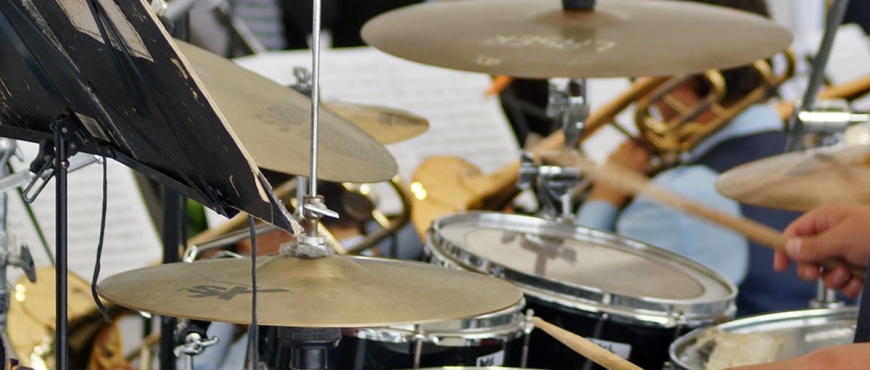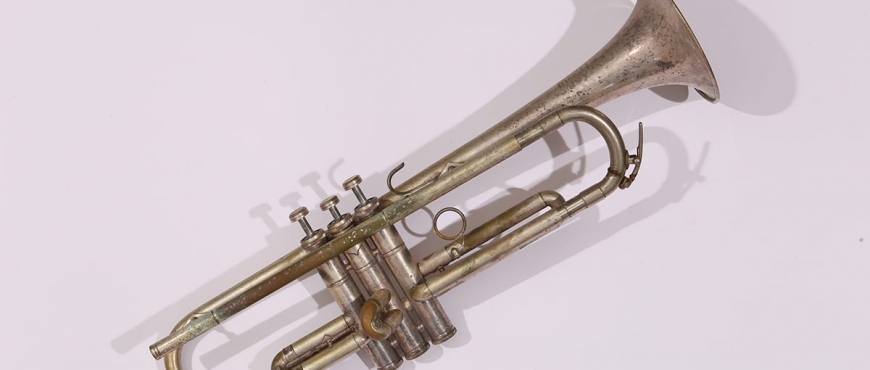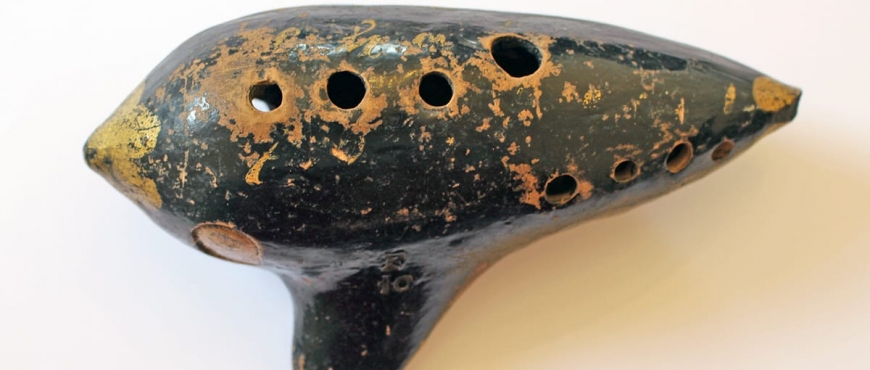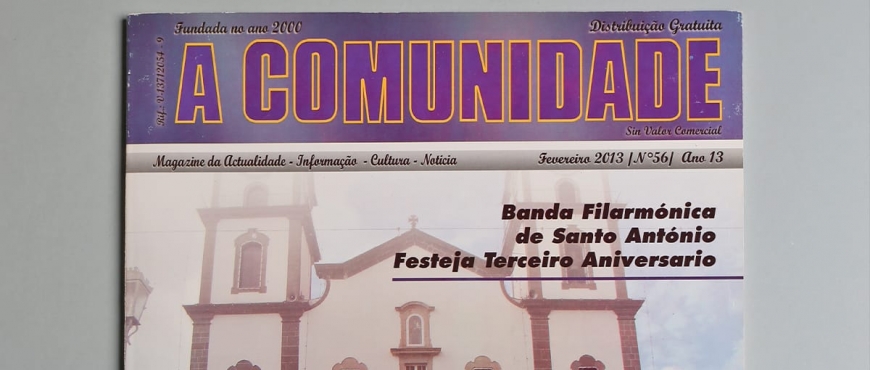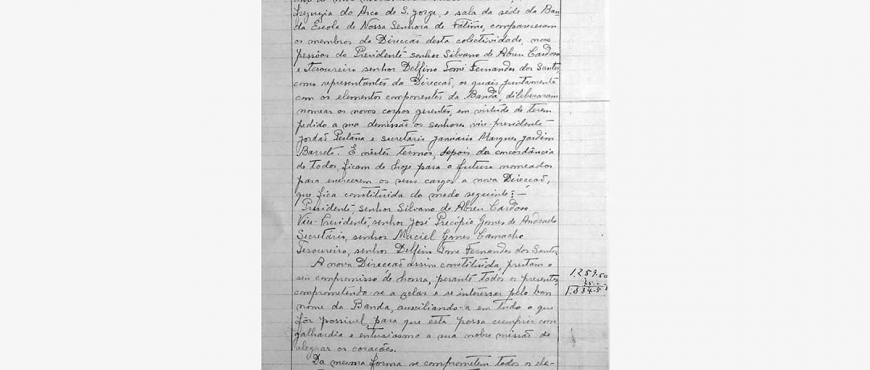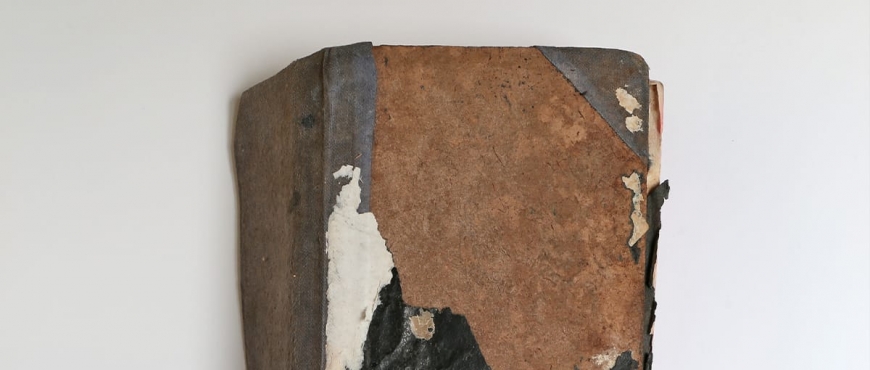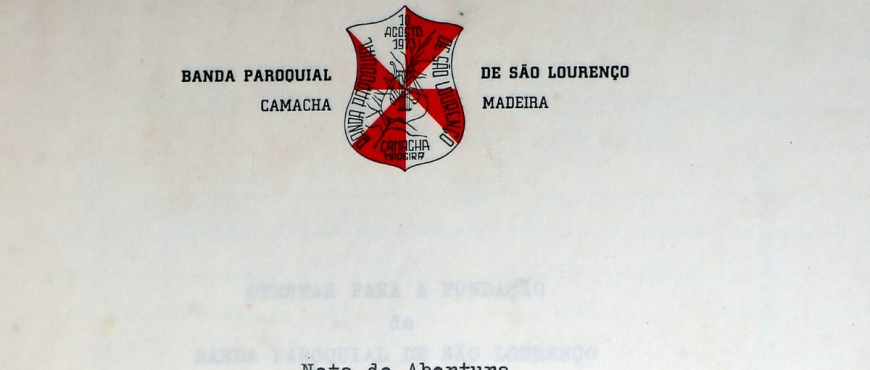The xylophone is an idiophone, subcategory percussion plates, its determined. Identified in many cultures, from Western classical music to musical practices in Africa, Central America, South America, South and Southeast Asia and the islands, Melanesia and Polynesia, the xylophones have the following characteristics: a set of (two or more) plates, bars, stems or refined pipes, constructed of bamboo, wood or synthetic material, supported between two vibration nodes and struck with chopsticks or plates, with common resonator or with individual resonators for each plate (note ). Described, with different denominations, in the treaties of the 15th and 16th centuries, the European…




